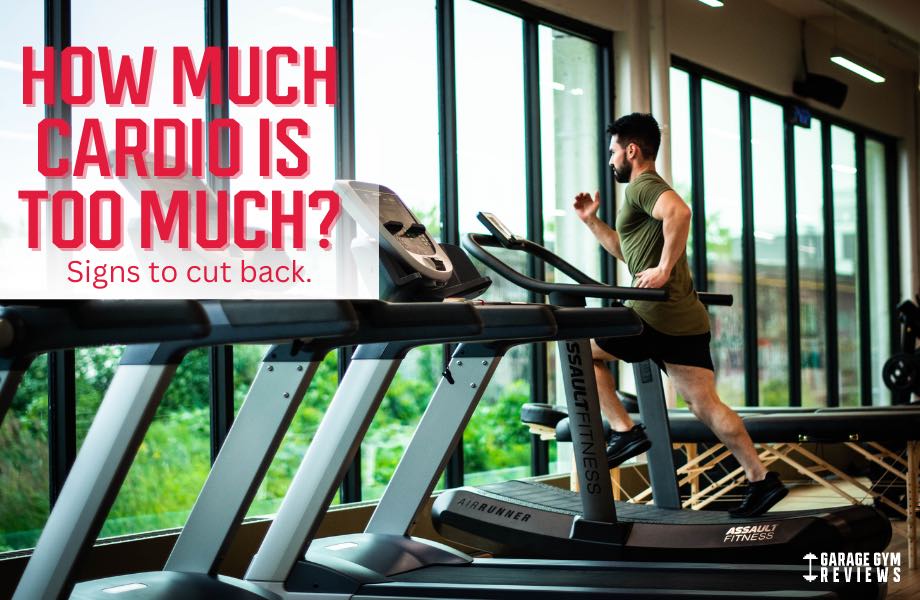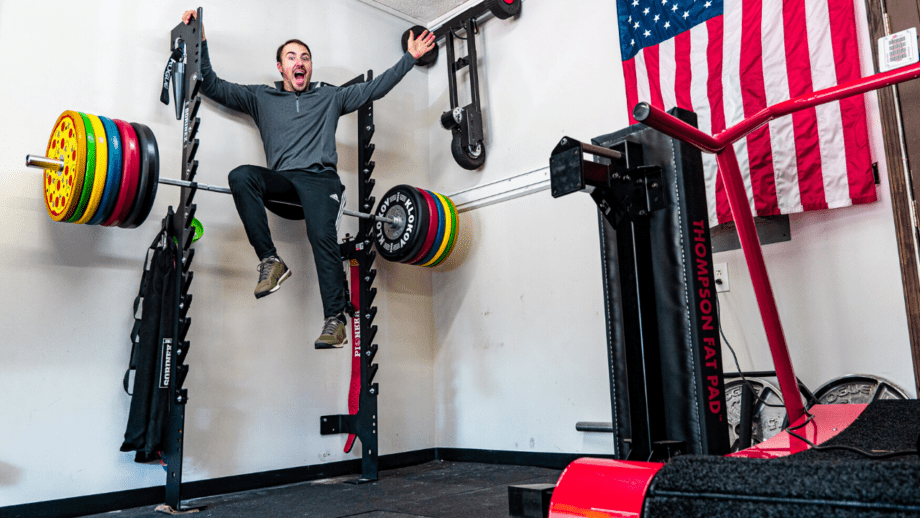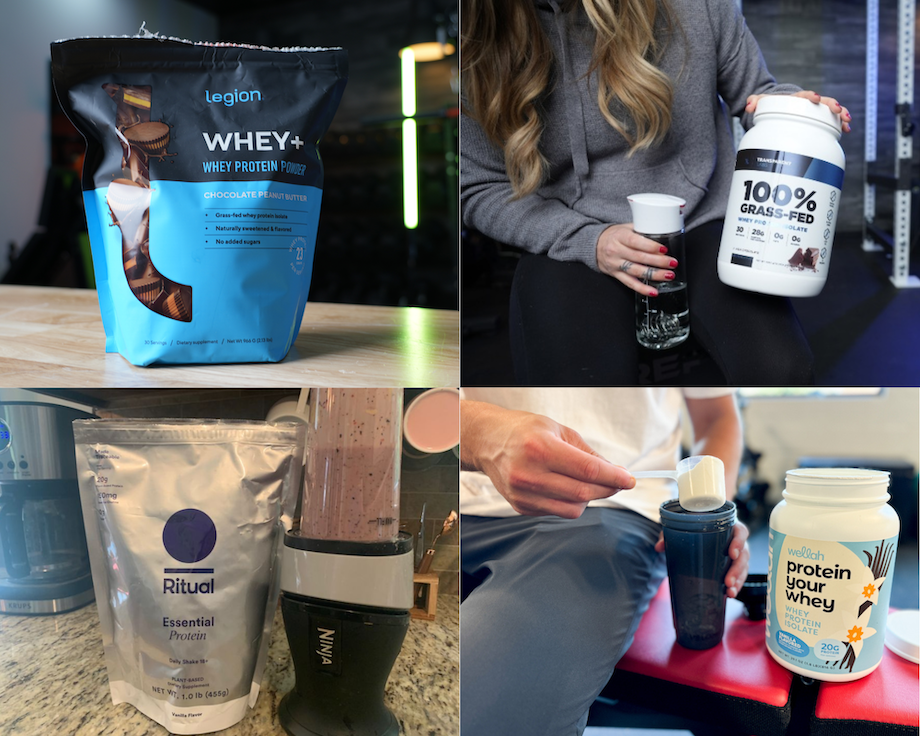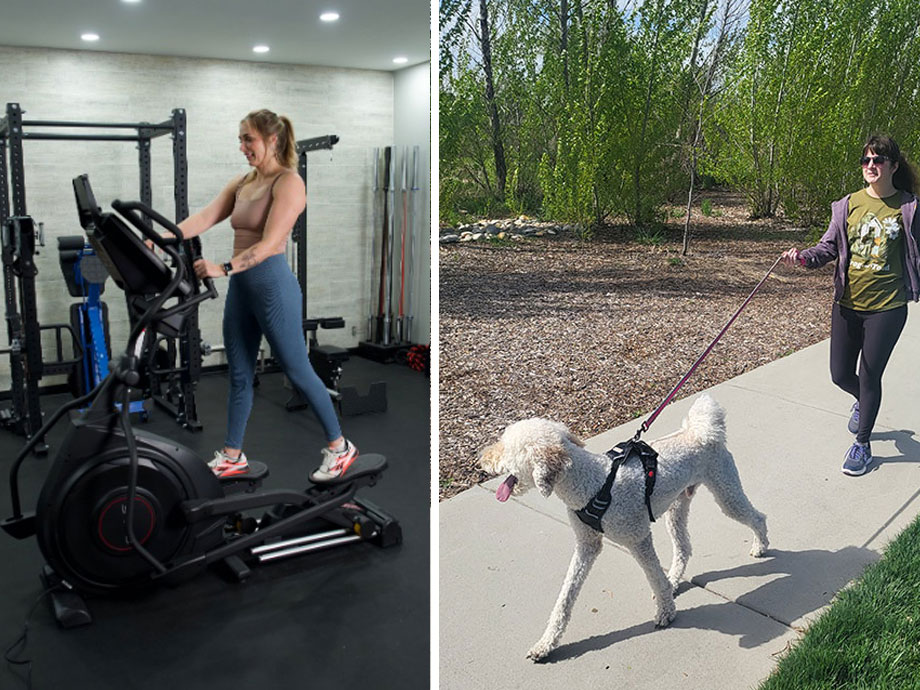Whether you’re running the trails, hitting a spin class, or swimming, you’re getting your heart pumping for some valuable cardiovascular training. Cardio keeps your heart and lungs strong and is a foundational part of many training programs. However, too much of a good thing can do harm, too. If you’re plagued with injuries, seeing few gains, or feeling drained, it might be time to ask how much cardio is too much?
A moderate-intensity cardio routine, sometimes called aerobic exercise, will put your heart rate at around 50 to 77 percent of your maximum heart rate, according to the American Heart Association. When we’re talking about excessive cardio, there’s not a hard and fast time limit.
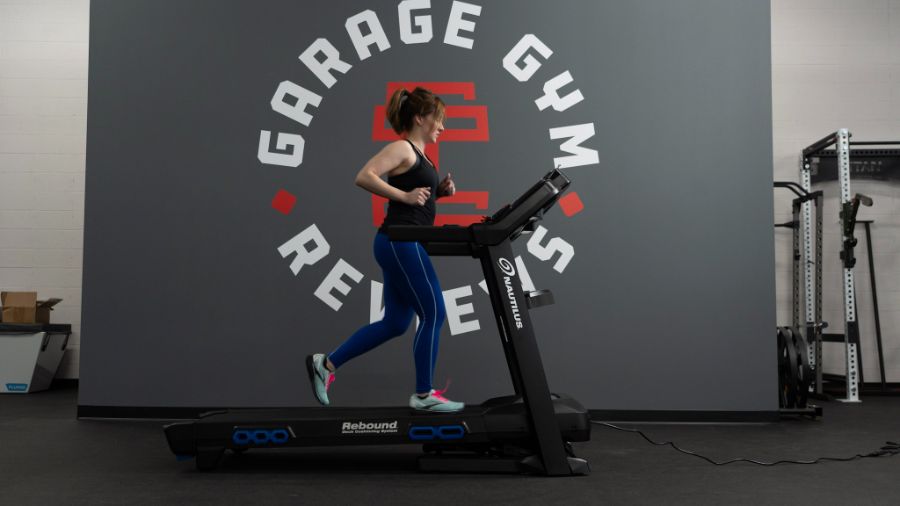
A number of factors including your age, weight, and fitness level affect how much cardio you can safely do, and at what intensity. A marathon runner can safely run for hours without overtraining, while a casual cyclist who only hits the road on weekends may only do an hour before feeling the effects of too much cardio.
There are telltale signs to indicate if you’ve gone from a healthy amount of cardio to too much. Let’s dive in.
Benefits of Cardio
Regular cardio sessions come with a wide range of health benefits that protect you from disease, mental health disorders, and unwanted weight gain. Of course, cardio alone won’t protect you from all physical ailments.
Strength training, a healthy diet, and plenty of sleep also heavily influence your overall health. But since we’re focusing solely on cardio, here are a few ways it benefits you.
- Prevents cardiovascular disease (CVD): A consistent workout routine that includes cardiovascular exercise improves your heart health and reduces the chances of developing CVD. A June 2021 literature review1 published in Cardiovascular Research found that, in general, higher levels of physical activity, including cardiovascular training, are associated with lower percentages of CVD and CVD-related illnesses.
- Reduces blood pressure: The same literature review concluded that blood pressure also goes down with regular aerobic exercise.
- Reduces insulin resistance: Insulin resistance is a major factor in the development of Type 2 diabetes. A January 2019 review article2 published in the Journal of Cellular Physiology explored the relationship between insulin sensitivity and aerobic exercise. Researchers concluded that through various processes and pathways, cardio exercise keeps the body sensitive to insulin, a hormone needed to process glucose into energy.
- Moderates and balances the metabolism: Your metabolism controls the rate at which you burn energy. Aerobic exercise plays a role in moderating and optimizing the chemical processes involved in energy use. It also helps your body respond better to oxidative stress created by the metabolic process, as shown in a 2010 article published in Cardiovascular Research3.
- Protects and improves mental health: In a 2018 cross-sectional study4 published in The Lancet Psychiatry, it was found that people who exercised regularly experienced 43.2 percent fewer days of poor mental health. However—and this relates to the issue at hand—too much exercise had the opposite effect.
How Much Cardio Do You Need?
According to the Centers of Disease Control and Prevention, adults need 150 minutes of moderate-intensity exercise or 75 minutes of vigorous-intensity exercise and two days of strength training each week. Moderate-intensity exercise should put your heart rate at about 50 to 77 percent of your maximum heart rate. To find your maximum heart rate, subtract your age from 220. It’s not an exact formula, but it will give you an estimated range that’s healthy for you.
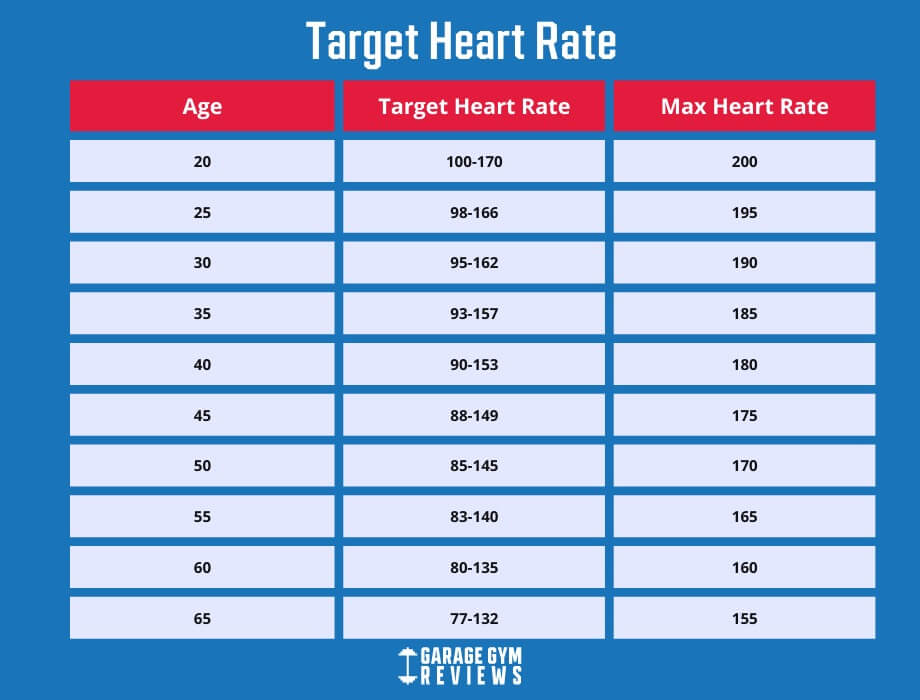
You can break up your weekly 150 minutes anyway you want, but you’ll get the most benefit by dividing those minutes among different types of cardio three to six days per week. (Don’t forget to get in your two days of strength training.)
The 150-minutes-per-week target will help you to maintain your current weight. If you’re focusing on weight loss, you may need more than 150 minutes of moderate-intensity exercise per week and at least one additional day of strength training to reach your fitness goals.
Beyond consuming a well-balanced and nutritious diet, consider increasing the amount of time you spend doing moderate-intensity exercise, or do vigorous-intensity exercise, where your heart rate is at 77 to 93 percent5 of your maximum heart rate. However, always consult your doctor before starting a new exercise program to make sure your health supports the training schedule you’d like to keep.
The time you need to spend doing cardio also depends on your goals and fitness level. A competitive athlete will need to spend more time doing cardio in general and at a higher intensity than the average person to maintain their level of fitness and improve their performance.
Additionally, a casual exerciser’s heart rate rises faster while doing comparatively less work than a trained athlete. Base your intensity and duration on your fitness level and age. Leave comparison out of the gym.
Signs You’re Doing Too Much Cardio
There are some telltale signs that you’re doing too much. Let’s check them out.
You Feel Fatigued Constantly
A rest day or two isn’t a luxury. They’re a necessity. If you’re doing too much, your body doesn’t have time to recover. A 2020 literature review6 published in Redox Biology created a strong body of evidence showing that if the muscle doesn’t have time to fully recover, it can take weeks to heal muscle damage without proper rest. In the meantime, performance goes down.
The human body adapts to the demand put on it, but that adaptation doesn’t happen instantly. It takes time to slowly progress and improve your cardiovascular health.
You’re Prone to Injuries
Overtraining leaves your body fatigued. You might feel weak or have difficulties with balance, either of which can make you more susceptible to injury. Once you get injured, you might stay that way longer than usual. According to a 2010 article7 published in the Scandinavian Journal of Medicine & Science and Sports, again, the body doesn’t have time to rest and repair.

You Suffer From Poor Sleep
The connection between overtraining and sleep is vague at best. However, poor sleep and overtraining consistently go together, as stated in ACSM’s Health & Fitness Journal in a March 2015 article8. Much of your muscle repair9 takes place while you sleep, so lack of quality (and a good quantity) sleep can further slow your recovery.
You’re Losing Muscle
A loss of lean muscle mass seems counterintuitive to an increase in training. However, an imbalance between energy use10, muscle recovery, and calorie intake can get in the way of making real gains. Muscle loss also comes back to the body’s inability to fully recover.
You’re Sick A Lot
Your immune system takes a hit when you do too much cardio. Overtraining leads to an increase in cortisol levels11, a stress hormone, which in turn, leads to increased inflammation. Increased inflammation can suppress your immune system. Consequently, when you overtrain, you’re more susceptible to illnesses from the common cold to the flue.
Alternatives to Cardio
While you want to include cardio in your exercise regime, too much of a good thing can put you behind where you want to be. There are many excellent alternatives, including:
Strength Training
Weight lifting, bodyweight exercises, and resistance bands are just a few of the different methods and tools you can use to strength train. Cardio or not, you need regular weight training to maintain and gain muscle. If you’re working on weight loss, you’ll need resistance training to build muscle. The more muscle you have, the faster you can burn calories and potentially body fat.
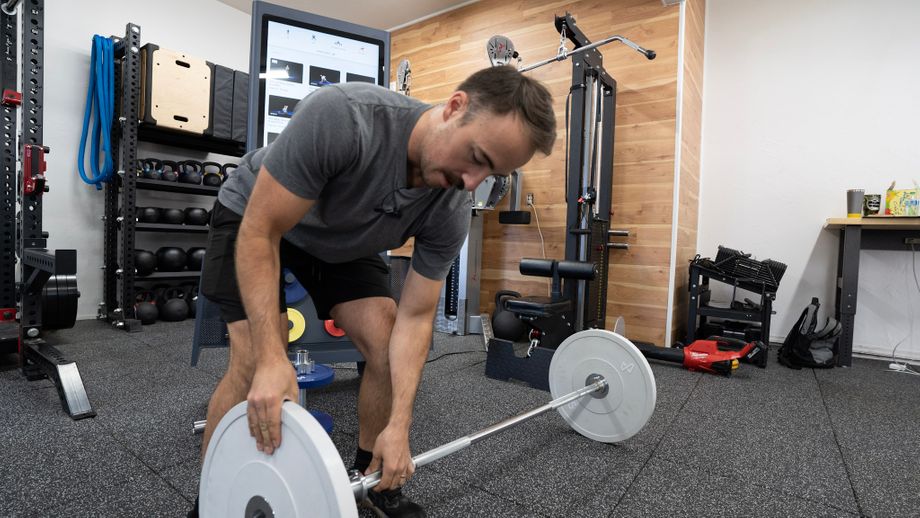
Yoga
Gentle yoga, not the more vigorous forms, keeps your heart rate low but requires your muscles to stabilize your body, hold static positions, and build balance. It’s also low-impact and good for your mind.
Gentle Pilates
Pilates can become a cardio workout if done too vigorously. However, gentle pilates can strengthen your core and improve mobility.
Flexibility and Mobility Training
Take a break from your cardio and work on your range of motion and flexibility. While a small amount of this type of training should be done along with your cardio, a day devoted to it can feel good on overworked muscles.
Keep in mind that you can overtrain doing any type of exercise, not just cardio. Keep your workouts balanced and listen to how your body feels. If you’re constantly fatigued, give yourself a couple days of rest.
How Much Cardio is Too Much: Final Thoughts
Your fitness level largely determines how much cardio is too much for you. If you notice problems with injury, fatigue, sleep, irritability, and other signs of overtraining:
- Pull back on the time and/or intensity of your cardio
- Take a rest day or two
- Add variety to your workouts with regular non-cardio training
Most importantly, listen to your body. The “no pain, no gain” mantra doesn’t pan out to be true. You shouldn’t be in constant pain nor should you be chronically injured, ill, or fatigued. If you give your body the variety and rest it needs, you can gradually build up your endurance and stamina to eventually reach your goals.
FAQ About How Much Cardio is Too Much
How do I know if I’m doing too much cardio?
If you’re doing too much cardio, you might feel fatigued all the time, even after a good night’s rest. You may get injured easily or have trouble healing from small injuries. You may also notice changes in your mood, sleep patterns, or appetite. Check your resting heart rate. If it’s up and keeps rising, take a break and rest.
Is 2 hours of cardio a day too much?
Two hours of cardio a day may be too much if you’re new to fitness or haven’t gradually worked your way up to that time and intensity level. However, a trained athlete may be able to handle two hours of cardio without the side effects of overtraining. Pay attention to how you feel, and watch for the signs of overtraining.
How much cardio is healthy per day?
The CDC recommends 150 minutes of moderate-intensity exercise per week. You can break that down into 30-minute sessions five days per week. If that doesn’t work, divide the time over the number of days you want to exercise.
For those focusing on weight or fat loss, you might need to add time or increase the intensity of your exercise sessions to burn more calories than you’re consuming.
Is it OK to do cardio every day?
It is OK to do cardio every day as long as it doesn’t lead to excess fatigue, injury, or other signs of overtraining. Make sure to include lifting weights in your exercise rotation to keep up your muscle mass and improve calorie burn.
References
- Sanchis-Gomar, F., et al. Exercise effects on cardiovascular disease: from basic aspects to clinical evidence. Cardiovascular Research. 2023; 118(10): 2253–2266. Doi: 10.1093/cvr/cvab272
- Yaribeygi, H, et al. Molecular mechanisms by which aerobic exercise induces insulin sensitivity. J Cell Physiol. 2018; 234: 12385– 12392. doi: 10.1002/jcp.28066
- Pillai, VB, et al. (2010). Mitochondrial SIRT3 and heart disease. Cardiovascular Research, 88(2), 250-256. https://doi.org/10.1093/cvr/cvq250
- Chekroud, SR, et al. Association between physical exercise and mental health in 1·2 million individuals in the USA between 2011 and 2015: a cross-sectional study. The Lancet Psychiatry. 2018; 5(9), 739-746.doi: 10.1016/S2215-0366(18)30227-X
- Target heart rate and estimated maximum heart rate. Centers for Disease Control and Prevention. 2023.
- Cheng, A. J., Jude, B., and Lanner, J. T. Intramuscular mechanisms of overtraining. Redox Biology. 2020; 35: 101480. doi: 10.1016/j.redox.2020.101480
- Kellmann, M. Preventing overtraining in athletes in high-intensity sports and stress/recovery monitoring. Scandinavian Journal of Medicine & Science in Sports. 2010; 20: 95-102. doi: 10.1111/j.1600-0838.2010.01192.x
- Roy, Brad A. Ph.D., FACSM, FACHE. Overreaching/Overtraining: More Is Not Always Better. ACSM’s Health & Fitness Journal: March/April 2015 – Volume 19 – Issue 2 – p 4-5
- doi: 10.1249/FIT.0000000000000100
- Nédélec, M, et al. Stress, sleep and recovery in elite soccer: A critical review of the literature. Sports Med. 2015; 45: 1387–1400. doi: 10.1007/s40279-015-0358-z
- Cadegiani, FA and Kater, CE. Basal hormones and biochemical markers as predictors of overtraining syndrome in male athletes. J Athl Train. 2019; 54(8): 906–914. Doi: 10.4085/1062-6050-148-18
- Hackney, CH and Koltun, KJ. The immune system and overtraining in athletes: Clinical implications. Acta Clin Croat. 2012; 51:633-641.


